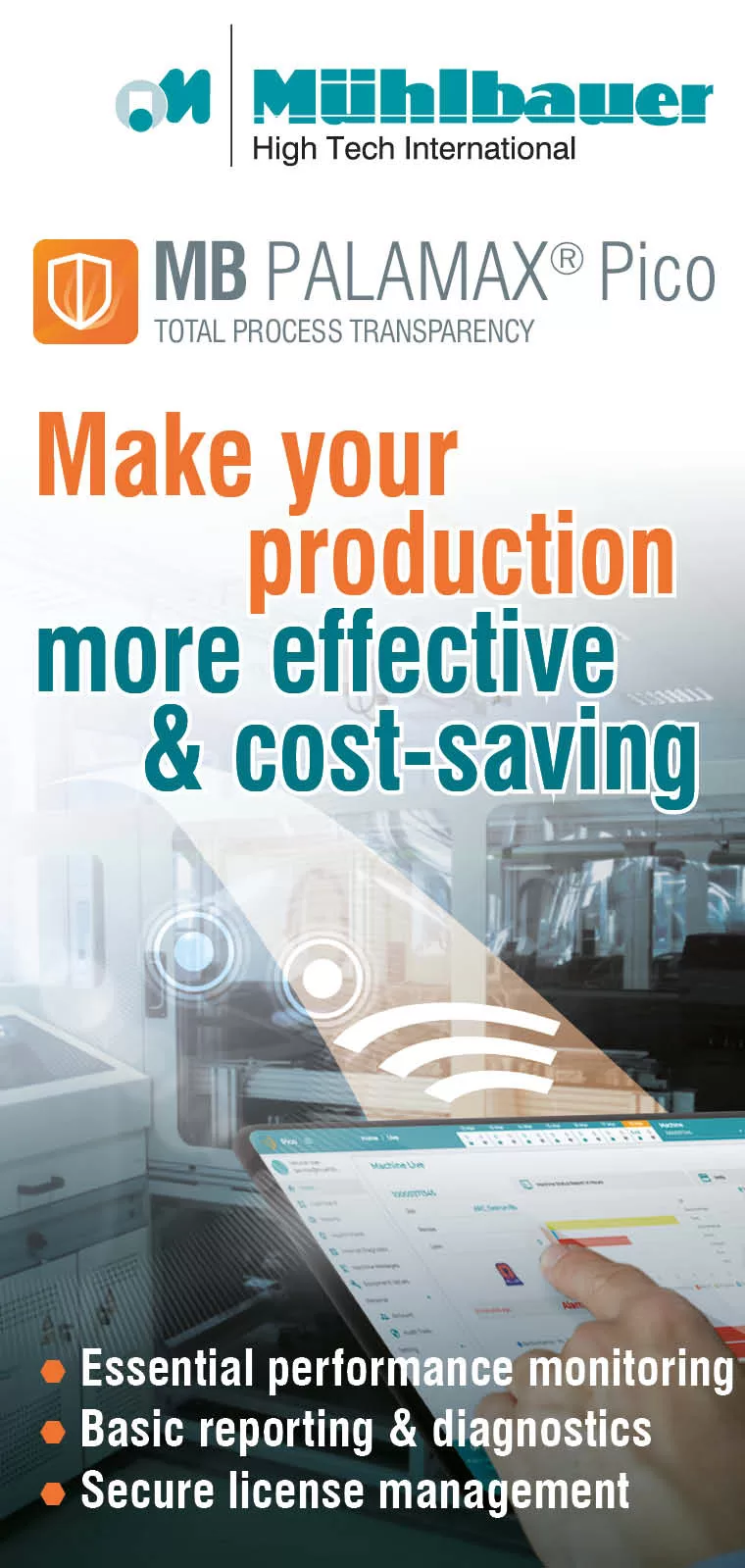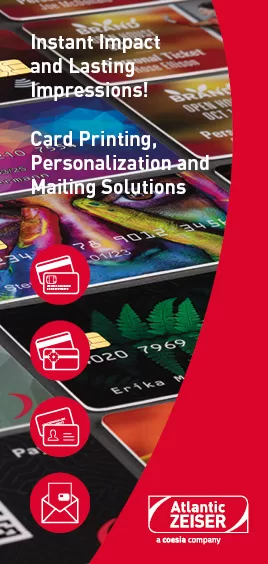
by Jennifer Kohlhepp | CM Magazine Featured
Fingerprint Sensor Tech for Safe, Convenient Card Payments
 By Petr Klupka, Vice President, Sales, EMEA, NEXT Biometrics
By Petr Klupka, Vice President, Sales, EMEA, NEXT Biometrics
Banking and payment cards have been issued to consumers for more than 50 years. The technical evolution of today’s smart cards was, in most cases, driven by two key aspects: safety and convenience. The technological development of smart cards is currently on the cusp of seeing yet another major evolutionary step: integration of fingerprint sensor technology.
Contactless smart card technology has significantly increased user convenience and speed of transactions in various use cases—from faster access to public transport to instant settlement of low-value payments at the point of sale. The constant struggle between payment networks and fraudsters has resulted in the introduction of the EMV (1) chip as a safer alternative to the magnetic stripe and major payment networks are driving this change on a global level to reduce fraud-related costs.
According to The Nilson Report (2), fraud costs rose from 4.5 cents per $100 USD transaction volume in 2010 to 7.2 cents per $100 USD transaction volume in 2016. Fraud losses typically occur from lost and stolen cards, counterfeit cards (3), card-not-present (CNP) (4) transactions as well as fraudulent applications. According to a 2017 report by the U.S. Payments Forum (5), the increased security of EMV smart cards has led to a shift in fraud losses from card-present fraud to CNP fraud with a projected increase in CNP fraud in the United States from $3.1 billion USD in 2015 to $6.4 billion USD in 2018. Whereas EMV smart cards offer much higher security against counterfeit fraud for card-present transactions compared to magnetic stripe cards, they do not address CNP fraud and fraud from lost and stolen cards.
According to statistics, consumers carry 2.35 to 3.5 credit cards on average, depending on region. Each requires memorizing the correct PIN. In light of an ever-increasing number of passwords and PIN codes that consumers need to enter for a multitude of log-in and access control situations in daily life, the number of PIN codes and passwords that are forgotten, lost and stolen increases. This is where fingerprint sensor technology comes in: payment transactions performed with contact-based and contactless EMV smart cards can conveniently and securely be authorized by the unique fingerprint of the cardholder from the first dollar spent.
Larger Sensor Size for Higher User Convenience, Security
It is a matter of fact that smaller sensors are only capturing a smaller number of fingerprint features and thus producing higher failure rates. This has been demonstrated and verified by independent research.
Imagine yourself waiting in line for payment. It’s Christmastime and the queues are long. Once it is your turn to pay, you put your finger on your biometric payment smart card, but the finger is not recognized and the transaction is rejected. You try again while also trying to remember your PIN. You feel embarrassed while the people waiting behind you are getting angry…
A larger sensor size thus significantly improves the user experience and convenience of the payment transaction for both consumers and merchants. Besides, government regulations demand large-area sensors for high-security applications and, in order to meet ISO standards, a sensor must have a minimum size of 169 mm2 and beyond.
Physics Matters!
Fingerprint sensors made out of silicon can only reach a certain size due to the characteristics of the material. Thin large silicon sensors will simply break as glass does. Sensors manufactured from low-temperature polycrystalline silicon (LTPS) offer numerous benefits over silicon sensors. First of all, the sensors can be scaled to large sizes cost-effectively. Secondly, the sensors can be manufactured in a flexible structure, which means that the sensors will bend and not break. This is particularly important if the sensor is due to be integrated into a form factor like a smart card. Many people still carry their wallet in their trouser pockets. “Sitting” on the smart card or dropping it will not result in a broken sensor if the sensor is manufactured from LTPS.
Fast and Smooth Fingerprint Enrollment
Last but not least, a large-size sensor also offers a better enrollment experience for card users. It does make a big difference if you only have to touch the sensor up to three times to store your fingerprint data on the payment card compared to having to repeat the action a multitude of times. Enrollment is the first interaction that consumers will have with their new biometric smart card. As such, this first experience should be as smooth, convenient and seamless as the whole user payment experience when using biometric smart cards.
State of Play & Conclusion
Smart cards have come a long way since they were first introduced. From magnetic stripe cards to EMV chip cards, constant technological advancements have been driven by two key aspects: safety and user convenience. While the financial industry has started trialing fingerprint sensor technology in payment smart card pilot projects, large-scale adoption of this technology will take some time and to a large degree also depend on user acceptance.
A smaller sensor size will lead to a bad user experience from cumbersome enrollment to failure during transaction. Flexible sensors on the contrary are a cost-efficient means to ensure a convenient, secure and carefree payment experience and thus suited to help spur adoption of fingerprint sensor technology in payment.
Bibliography
(1) For more information on the EMV Integrated Circuit Card Specifications, visit emvco.com. EMV is a trademark owned by EMVCo LLC.
(2) The Nilson Report: Card Fraud Worldwide, Issue 1096, October 2016, pg. 6f.
(3) Card-present fraud involves unauthorized copying of payment card information when e.g. handing over the card for payment from skimming devices at ATMs to capture card account number and PIN codes as well as from card information gathered from hacked enterprise servers such as hotels, hospitality services and social media accounts.
(4) Card-not-present transactions include payments made via telephone, mail, mobile and online in which the cardholder does not physically present the card to the merchant.
(5) U.S. Payments Forum: Card-Not-Present Fraud Around the World, Version 1.0, March 2017, pg. 28f.
About the Author: Petr Klupka holds a master’s degree in engineering from Czech Technical University in Prague. Over the course of his career, he has gained extensive experience in the smart card and secure authentication business from banking, loyalty, health care, public transport, municipal and government ID projects to corporate cards and solutions. He has held sales, business development and management positions with MUZO, CCS (today part of Fleetcor), Gemplus, Gemalto and HID. He joined NEXT Biometrics as vice president, sales, EMEA in 2018, focusing on the company’s smart card, government and access control business.





